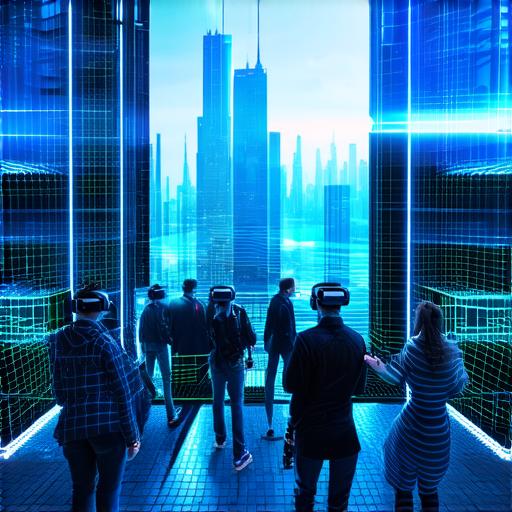Virtual reality (VR) is quickly gaining traction as a powerful tool for content marketing. It allows businesses to create immersive and interactive experiences that can engage customers in ways that traditional methods cannot. With virtual reality, marketers have the ability to bring their brand to life in a way that feels authentic and real.
Increased Engagement
One of the main benefits of using VR in content marketing is the ability to increase engagement with customers. By creating immersive experiences that allow customers to interact with your brand in a new and exciting way, you can capture their attention and keep them engaged for longer periods of time.
Better Storytelling

Virtual reality allows marketers to tell stories in a way that is both engaging and memorable. By creating immersive experiences that allow customers to live the story, businesses can create a deeper emotional connection with their audience.
Improved ROI
Virtual reality can also help businesses improve their return on investment (ROI) by providing a more cost-effective way to reach customers. By leveraging virtual reality technology, marketers can create experiences that are both engaging and memorable, without having to spend large sums of money on physical locations or events.
Case Studies
There are many examples of businesses that have successfully used virtual reality in their content marketing efforts. One such example is IKEA, which created a virtual showroom that allowed customers to see how furniture would look in their homes before making a purchase.
Another example is Coca-Cola, which created a virtual reality experience that allowed customers to see how their products were made.
Expert Opinions
There are many experts in the field who believe that virtual reality will continue to play an important role in content marketing. For example, Mark Zuckerberg, CEO of Facebook, has said that virtual reality is “the next big wave of computing” and will revolutionize the way we interact with each other and with technology.
Similarly, eMarketer predicts that virtual reality ad spend will reach $1.5 billion by 2022, as more businesses recognize the potential of this technology to engage customers in new and innovative ways.
